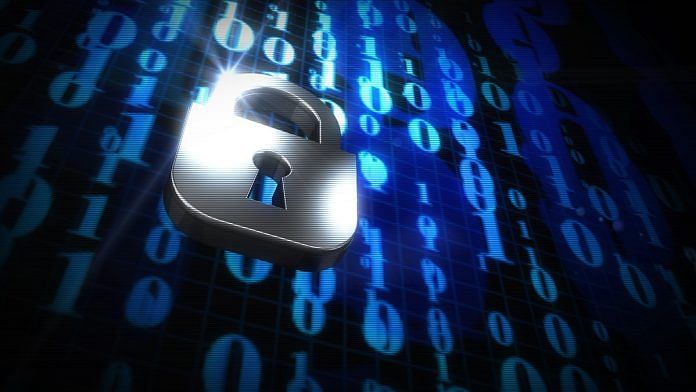Thank you dear subscribers, we are overwhelmed with your response.
Your Turn is a unique section from ThePrint featuring points of view from its subscribers. If you are a subscriber, have a point of view, please send it to us. If not, do subscribe here: https://theprint.in/subscribe/
Data breaches have become common and the stolen data is often traded among cyber criminals on hacker forums. This data is then used in various ways to defraud you of your money. Apart from email addresses and passwords, this data sometimes includes personally identifiable information like name, residential address and date of birth which you submit at the time of setting up online accounts with email service providers, travel booking websites, online shopping portals and so on. You cannot control how well these companies protect your data, but there are some simple steps that you can take to make things more difficult for the criminals.
- Use strong, unique passwords or passphrases. A strong password should be more than 15 characters long and consist of a collection of random letters and numbers. A strong passphrase can be created by using four or more random words, separated by hyphens or underscores to make it easier to read. Make sure you use a different password or passphrase for each of your online accounts. The best and most convenient way of generating truly random passwords and passphrases is by using an online tool like this one.
- Since you can’t memorise so many passwords, you will need to write them down somewhere. Use an application meant for this very purpose: a password manager like Bitwarden, Dashlane or 1Password. You will be able to access all your passwords and passphrases from all of your devices connected to the internet. Most of these services involve an annual subscription fee but they are definitely worth it.
- The simplest and most effective method of strengthening the security of your accounts is by using two-factor authentication (2FA), also known as multi factor authentication (MFA) or two-step verification (2SV) wherever this option is available. Most of the popular online services like Gmail, Outlook, Facebook, Twitter, LinkedIn, Amazon, Dropbox and Instagram offer this feature. With 2FA enabled, you will have to enter an OTP in addition to your username and password every time you try to log in. Hence, even if someone finds out your password, they won’t be able to log in to your account without the OTP. You can enable this feature in the security section of the account settings of each website.
- Enable two-step verification in your WhatsApp settings under the Account section. This will prevent your account from being hijacked. If you back up your chats, turn on end-to-end-encrypted backup in your WhatsApp settings in the Chat section. Write down the passwords for both of these settings in your password manager.
- Go into the account settings of each of your online accounts and review the security and privacy settings. Pay special attention to your email service because your entire financial, personal and professional lives are linked to it. You can access your Gmail’s security settings here: https://myaccount.google.com/security Some of the sites where you have accounts might seem unimportant, but your personal information leaked from them can be used in targeted phishing attacks.
- Add your phone number and alternative email address in the account recovery settings. If you are required to save answers to security questions like What is your mother’s maiden name?, do not answer truthfully; enter a random name or word and save it in your password manager.
- Delete accounts that you no longer use. In some websites the ‘delete account’ button might be absent or difficult to find; in that case, send an email to the website’s customer support section and they will close your account for you.
- Sign up for notifications on https://haveibeenpwned.com/ by entering your email address. Whenever your email ID appears in any data breach, you will be notified via email.
- Keep the operating system of each of your devices updated at all times by enabling automatic updates in the device settings. Do the same for all your applications.
This probably looks like too much work, so start with your most important accounts. It might take you many days to complete all these actions, but at the end of it all, your data will be much more secure.
These pieces are being published as they have been received – they have not been edited/fact-checked by ThePrint.

